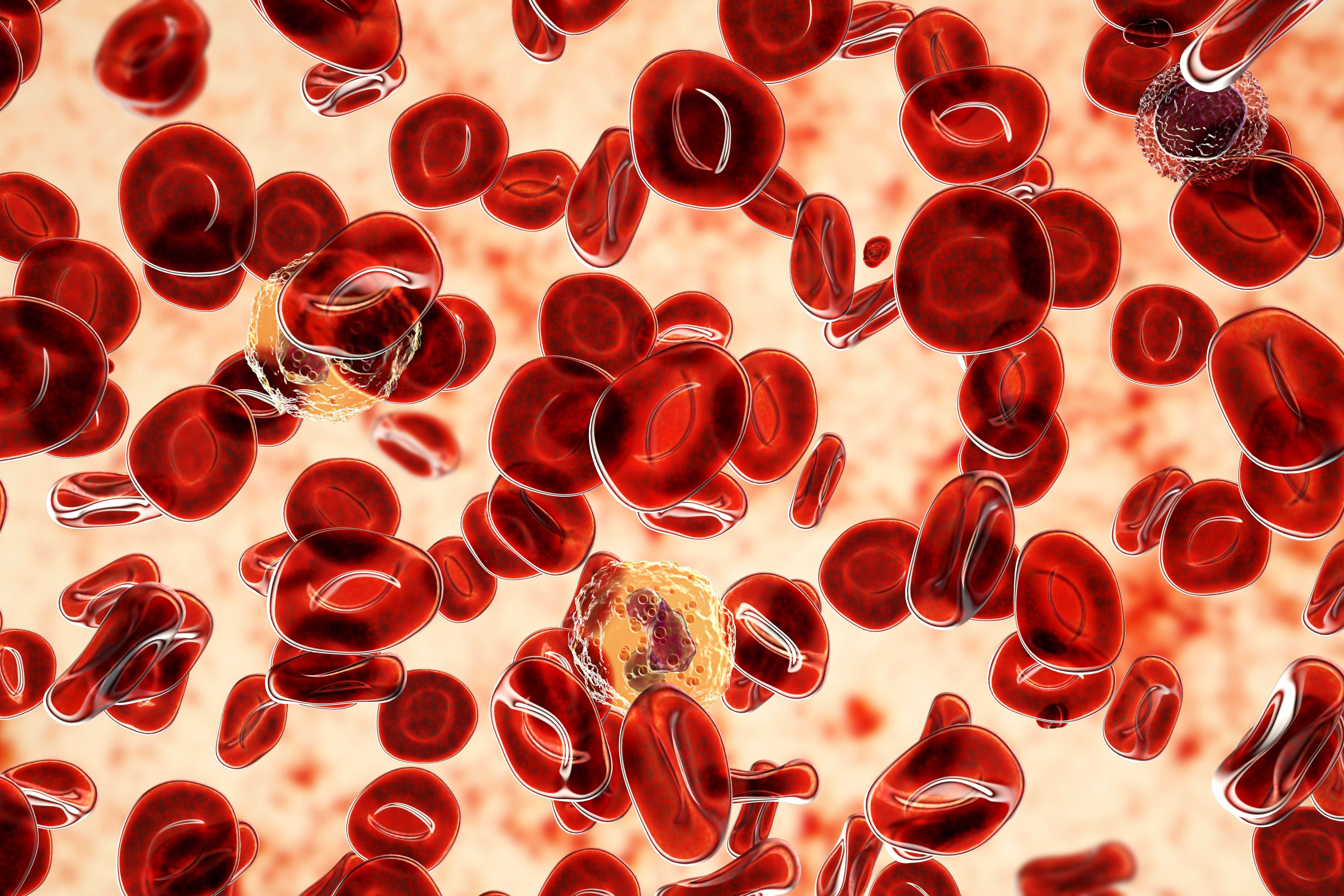Article
What Are the Health Care Access and Quality Factors in Multiple Myeloma Survival?
Author(s):
New research suggests disparities in incidence and survival rates in multiple myeloma may have a lot to do with healthcare quality and access to care.
As the options for multiple myeloma (MM) therapy proliferate, scientists are beginning to learn more and more about how to effectively treat the cancer.
However, the new wave of treatments is also raising questions about the extent to which the benefits of these therapies are being realized from one country to the next.
Writing in the journal The Oncologist, corresponding author Heinz Ludwig, MD, of the Wilhelminen Cancer Institute in Austria, writes that access to care, and the quality of care a patient receives, are significant factors driving disparities in outcomes of patients with MM.
In a first-of-its-kind study, Ludwig and colleagues gathered incidence and mortality data from the International Agency for Research on Cancer (IARC), and cross-referenced it with a variety of economic and healthcare data, including population data, healthcare quality and access rates, and per-capita healthcare spending.
The data showed that Asian countries, including South Korea (0.54 cases per 100,000 people), Malaysia (0.75/100,000), and the Philippines (0.84/100,000) had the lowest incidence of MM. At the other end of the spectrum, New Zealand (5.4/100,000), Australia (5.0/100,000), and the United Kingdom (4.3/100,00) had the highest rates.
The authors write that to some extent the broad gap in incidence rates between countries could be the result of known risk factors for MM, such as genetic variants, obesity, and environmental factors. However, they do not believe such metrics tell the entire story.
“Although these variables likely account for some of the reported disparities, missing diagnosis of multiple myeloma in several regions likely accounts for most of the substantial differences,” Ludwig and colleagues write. “This also suggests that the presently available incidence and mortality figures for multiple myeloma grossly underestimate the global burden of the disease.”
The data further showed that countries with the highest incidence rates also had some of the highest survival rates. The study used a mortality-to-incidence ratio to measure 5-year survival, with 0% representing a poor survival rate and 100% representing an excellent survival rate. Of the 50 countries whose MIR was calculated, Egypt scored just 9%, followed closely by the Philippines (10%), and Thailand (13%). South Korea, the country with the lowest incidence rate, also had a low survival score of 15%.
Likewise, countries with higher rates of MM also tended to have higher survival scores, represented by the mortality-to-incidence-ratio (MIR). New Zealand scored 64%, followed by Iceland (62%), and the United Kingdom (60%). Australia’s MIR was 57%.
The investigators said survival rates were broadly correlated with healthcare access and quality, which itself is correlated in large part to the broader economic success of a particular country. However, they said healthcare spending was no guarantee of success in the diagnosis and treatment of MM, nor was relatively low spending necessarily correlated with poor results.
For instance, while the United Arab Emirates has a gross domestic product nearly double that of New Zealand, the latter has an MIR score more than 4 times as high as UAE’s (64% versus 15%).
Ludwig and colleagues said the key is not necessarily how much money a country has or spends, but how that spending translates into access to treatment. As more and more MM therapy is centered on high-cost, high-efficacy pharmaceuticals, the authors say the link between access and outcomes could become even more pronounced.
“Present developments in multiple myeloma indicate an increasing dependence on the economic performance of individual societies in order to maintain unrestricted access to novel cancer drugs, which come at high costs to the market,” they conclude.
Reference
Ludwig H, Novis Durie S, Meckl A, Hinke A, Durie B. Multiple myeloma incidence and mortality around the globe; Interrelations between health access and quality, economic resources, and patient empowerment [published online April 25, 2020]. The Oncol. doi:10.1634/theoncologist.2020-0141.





